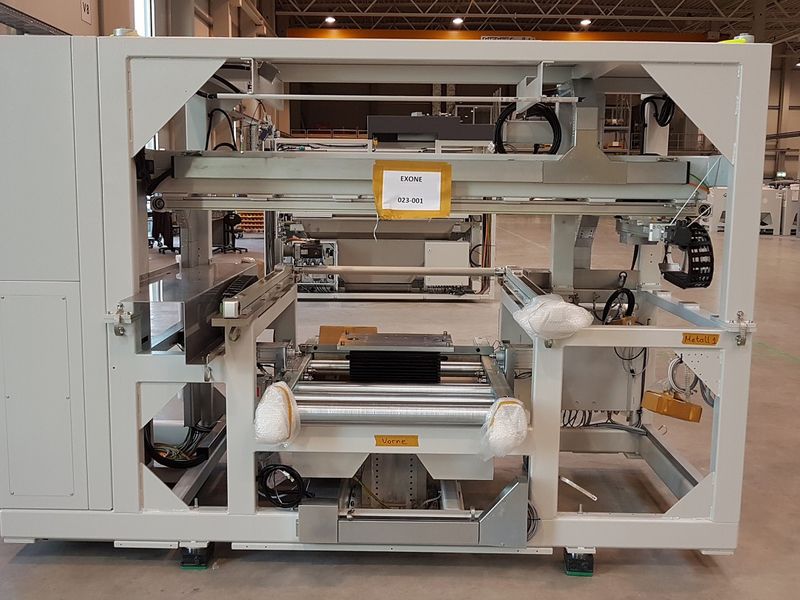
While 3D printing is likely never going to be able to produce fenders fast enough for high-volume production, at least one type of the technology — binder jet printing — is making big strides in the size of parts it can produce and the speed at which they are cranked out. It is becoming an important production tool as the industry shifts from the internal combustion engine to electrified powertrains.
The auto industry is a good fit for binder jet printing because the machines can make multiples of identical parts at one time, and they can make those parts from a growing variety of materials. A binder jet printer can use sand, plastic or several types of sintered metal to create parts.
The material is deposited in powder form one layer at a time and then a coating of glue is sprayed before the next layer of material is applied. After the part is created, there is usually some post-production work needed, such as cleaning, heating and machining.
I recently caught up with John Hartner, CEO of ExOne Inc., a North Huntingdon, Pa., manufacturer behind most of the binder jet 3D printers in operation today. The company pioneered the technology in the late ’90s and has been perfecting it ever since. The company’s machines are in use by many if not most global automakers.
Hartner says there’s a growing number of regular production parts for high-performance vehicles being made on binder jet printers. And he expects that by around the end of 2022, binder jet machines will be producing parts in high volume for at least some mainstream vehicles.
“Think about the way the German companies build their high-performance vehicles. BMW has its M series, Mercedes has AMG versions. A lot of times the designers working on those vehicles use the freedom of additive manufacturing to get more output per pound out of their engines,” Hartner said. “These are very complex hydraulic or electrical systems that are used in drivelines. What’s really cool about it is that when you look at it with a customer, they show you today’s part and the future part, which is half the size, seven parts into one, higher performance and it is lighter.”
Two developments — the introduction of the company’s largest printer to date, and an expanding menu of materials that can be used by a binder jet printer — are expected to fuel growth. The newest binder jet machine can make objects roughly the size of a piece of roll-on luggage, Hartner said.
That’s big enough to make a crankshaft, cylinder heads, transmission parts and some suspension components. Certain grades of stainless steel have recently been added to the menu of materials that can be used in a binder jet printer, and Hartner says the company is close to adding aluminum.
“We’ve expanded our capabilities with single metal alloys, and we’ve taken it from small applications in small build boxes [the production area in a 3D printer] to much larger build boxes and much higher productivity. That’s what’s really changing the game,” he said. “Automotive companies are getting excited about it because it delivers the volume, productivity and the cost.”
Product development engineers frequently design complex parts using 3D programs because they can reduce weight and add intricate details that would be impossible to create using traditional engineering methods. Volkswagen, for example, is eyeing binder jet printing for high volume use around 2025 for certain components used to create vehicle bodies.
“We’re moving into direct metal printing for large-scale applications. Our customers have multiyear programs that we are working on with them,” says Hartner. “They are designing new products for 2022-23 that have real benefits. Some of that is for traditional internal combustion engine vehicles, some for hybrids and some for EVs.”
And speaking of EVs, 3D printing is natural for startups that need to conserve cash, yet build vehicles that look production-ready with which to lure investors. Hartner says his company has been in talks with some of the new EV startups.
“I’m having a conversation this Thursday with the CEO of a company that hopes to have its production introduction at the end of 2022,” he said. “They want lightweight, they want midvolume production and effective costs. We’re able to deliver all three.”